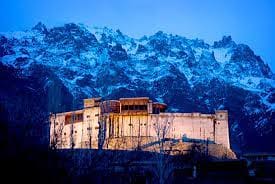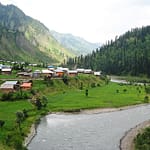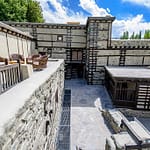
Altit Fort (Urdu: قلعہ التیت) is an ancient fort in the Altit town in the Hunza valley in Gilgit Baltistan, Pakistan. It was originally home to the hereditary rulers of the Hunza state who carried the title of ‘Mir’. Although they moved to the somewhat younger Baltit fort nearby three centuries later.Altit Fort and in particular the Shikari tower is around 1100 years old. This fact makes it the oldest monument in the Gilgit–Baltistan. The fort has received the UNESCO Asia Pacific Heritage Award for Cultural Heritage Conservation in 2011. Altit fort is a piece of history.

History of Altit Fort:
The word ‘Altit’ means ‘this side down‘ and the area around the fort is inhabited by Burusho people. In the 16th century the local prince married a princess from Baltistan who brought master Balti craftsmen to built two forts (Altit and Baltit forts). The people of Altit are said to belong to the White Huns, although not much research has gone into the matter. . According to the legend the first name for Altit village was Hunukushal, meaning the village of Huns. The Huns came from the Huang-Ho valley in China. The name later changed to Broshal, translated as a village of Bruchiski speakers. They were spirit worshipers as Shamanism was in practice and also followed Buddhism and Hinduism. In the 15th century Islam was introduced. Around 1830 in turn many converted to Ismailism.
Restoration:
The Altit Fort was in great disrepair, but has recently been restored by the Aha khan trust for culture historic cities support program and the Government of Norway. It is characterized by small rooms and low portals with exquisite wood carvings. Altit Fort is a tourist site which has been open to the public since 2007.






































